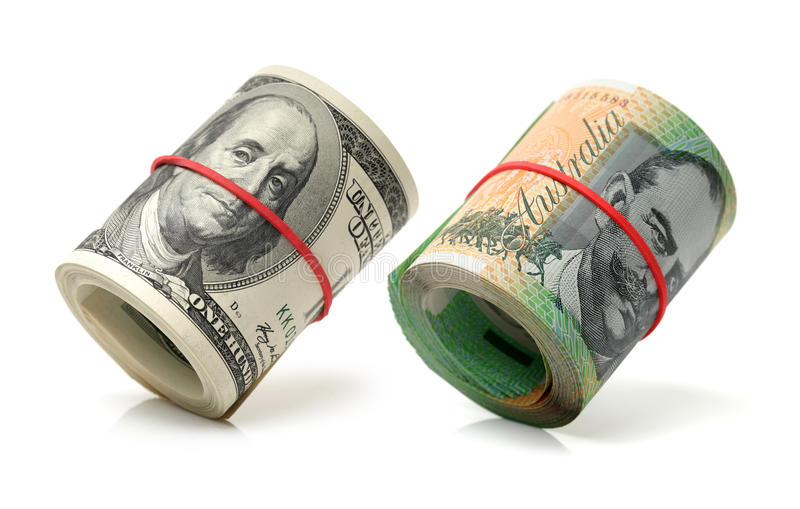Australian dollar strengthens as the RBA is projected to keep interest rates higher for longer.
The Australian Dollar (AUD) edged higher on Wednesday, likely bolstered by hawkish expectations that the Reserve Bank of Australia (RBA) will keep interest rates higher this year. Last week, RBA Governor Michele Bullock warned. That the central bank is willing to raise interest rates if the Consumer Price Index (CPI) does not return to the target range of 1% to 3%.to NCA Newswire.
The Australian Dollar’s gains may be limited by softer-than-expected inflation figures from its trade partner, China.
The Australian dollar may struggle as a result of softer than expected Chinese consumer inflation statistics announced on Wednesday. In May, China’s CPI rose 0.3% year on year, falling short of forecasts for a 0.4% gain. Chinese CPI inflation fell by 0.1% month on month, compared with a 0.1% gain in April.
The US dollar stays strong as the Fed is likely to hold rates constant at 5.25%-5.50% on Wednesday.
The US dollar (USD) remains strong, boosted by good May jobs data. This result has lessened the likelihood of two Fed interest rate decreases in 2024. According to the CME FedWatch Tool, the likelihood of a Fed rate cut of at least 25 basis points in September has dropped to 52%, from 67% a week ago.
Investors exercise cautious ahead of the Federal Reserve’s policy announcement. And important US inflation data due later in the North American session. The Fed is expected to hold interest rates constant in the 5.25%-5.50% range. As it strives to keep inflation under 2%. The US headline and core CPI estimates for May are expected to rise 3.4% and 3.5% year on year, respectively.
Daily Market Movers: The Australian dollar rises owing to hawkish RBA.
China’s Producer Price Index (PPI) fell 1.4% year on year in May, compared to a projected 1.5% reduction and a 2.5% drop in April. Factory-gate prices fell for the 20th straight month, albeit at the slowest pace since February 2023.
Australian Treasurer Jim Chalmers noted that China’s Premier Li Qiang’s visit to Australia is a significant opportunity. Chalmers identified inherent vulnerabilities in China’s economy. He stated that he does not anticipate the Chinese economy to rebound immediately.
Australia’s NAB Business Confidence index fell to -3 index points in May. The lowest level in six months and the first negative reading since November. Meanwhile, Business Conditions decreased to 6 index points, somewhat lower than the long-term average.
According to the official transcript, National Australia Bank (NAB) Chief Economist Alan Oster stated on Tuesday, “There are warning signs on the outlook for growth but also reasons to be very wary about the inflation outlook, and they expect the RBA to keep rates on hold for some time yet as they navigate these contrasting risks.”
Rabobank said in its research that the Federal Reserve may lower rates both September and December.
Rabobank said in its research that the Federal Reserve may lower rates both September and December, most likely due to a weakening economy rather than progress on inflation. This is because they believe the US economy is approaching a stagflationary period, with persistent inflation and an economic slowdown that will likely result in a moderate recession later this year.









